President Donald Trump’s campaign to shake up international institutions has a new aim: upending the leadership of a Paris-based agency whose data and research help shape global energy policy.
The 32-country International Energy Agency has increasingly rankled Republicans in Washington by producing analyses that point to a waning future for fossil fuels and a need to embrace wind and solar power. Now the Trump administration is demanding that the agency replace its No. 2 leader with someone more aligned with the president’s policies, multiple energy industry insiders and former U.S. officials with knowledge of the situation told POLITICO’s E&E News.
The IEA’s second-ranking position has traditionally been filled by an American. Its current second-in-command, retired career State Department diplomat Mary Warlick, has served in the role since 2021.
The new pressure from Washington follows months of Trump’s efforts to bend global power centers to his will, including through his trade wars, his demands for higher defense spending by NATO members and his withdrawals from bodies such as UNESCO and the World Health Organization. It also follows months of public complaints about the IEA from top Trump administration officials, most notably Energy Secretary Chris Wright, who has vowed to make changes at the body or end U.S. support.
Some Republicans say the IEA has discouraged investment in fossil fuels by publishing analyses that show near-term peaks in global demand for oil and gas. “The product that the IEA produces is not generally accepted by everybody. It’s just not,” said Mark Menezes, who served as deputy Energy secretary during Trump's first term. “And the political context has changed.”
‘Fight from the inside out’
The Trump administration is aiming to push changes internally, according to a Republican energy lobbyist with close ties to the Department of Energy.
“They want to get operatives in there, whether they’re career or political, who can actually move the needle,” said the lobbyist, who like the others familiar with the U.S. efforts was granted anonymity to speak freely. “They’re going to get someone they trust and that person is going to fight from the inside out.”
Regarding the U.S. effort to pressure the IEA, the lobbyist said: “The fact that Wright is out there now talking about it publicly shows that it’s elevated.”
House Republican appropriators are also lashing out against the IEA by pushing legislation to withdraw U.S. funding starting Oct. 1.
The White House did not respond to requests for comment, and an Energy Department spokesperson did not respond directly to questions posed by E&E News. The IEA said in a statement that it “does not disclose information about individual staff contracts due to reasons of privacy and confidentiality.”
A former U.S. official who worked closely with the IEA called Warlick a “hardworking, serious, diligent and capable professional” who does her work in a way that is consistent with guidance from the executive director and with guidance from the member countries.
The U.S. helped establish the IEA following the 1973 Arab oil embargo to focus on energy security. Today, the organization publishes influential energy market forecasts and data that guide major investments and government policies. Many of those studies have conflicted with the White House’s insistence that fossil fuels are more reliable and often cheaper than wind, solar and other clean energy sources.
Leaving the IEA would lessen U.S. influence or input on its work.
Historically, the United States has wielded a lot of influence at the agency and has been able to work with other member governments to advance its mission, said Jonathan Elkind, a former assistant secretary for international affairs at DOE during the Obama administration.
“There are going to be certain elements of policy that the current U.S. administration really disagrees with other member countries on, and the U.S. administration is entirely within its rights to advocate for adjustments in the agenda of the IEA,” Elkind said. “The U.S. does not have the right to simply insist that everybody will change as a consequence of what the U.S. has done.”
Threatening to pull out of the IEA is “misguided and myopic,” said Amanda Maxwell, managing director of global engagement at the environmental group Natural Resources Defense Council.
“Unfortunately, it’s par for the course for the Trump administration to try and ignore objective data,” Maxwell said. “Whether it’s climate science or energy trends, this administration is trying to make us less informed about the world we live in.”
Rosy scenarios
Wright has been especially critical of the IEA’s projection that oil demand will peak this decade, calling it “nonsensical” in a Breitbart interview in June. Republicans also bristled at the Biden administration’s use of IEA analysis in 2024 to justify a U.S. decision to pause consideration of new liquefied natural gas export permits.
In testimony at a Senate hearing last year, David Turk, then-deputy Energy secretary under Biden, cited IEA findings that showed global natural gas demand on the decline. The Trump administration is now betting heavily on the opposite occurring — pushing for a huge increase in U.S. natural gas exports and using trade pressure to cajole allies into buying massive amounts of the fuel, though some market analysts have expressed doubts about the realities of those hopes.
The IEA has also said that no new oil and gas projects are compatible with the goals of the 2015 Paris climate agreement, which aims to limit the rise in global temperatures to less-than-catastrophic levels. Trump announced the U.S. withdrawal from that pact on the first day of his second term.
Sen. John Barrasso (R-Wyo.) and then-Rep. Cathy McMorris Rodgers (R-Wash.), now retired from Congress, wrote in a letter to IEA Executive Director Fatih Birol in March 2024 that the IEA has strayed from its mission and become a “cheerleader” for the “energy transition.” Birol has defended the organization’s commitment to energy security while acknowledging that its mission has broadened.
Meanwhile, Trump ordered the State Department in February to do a six-month review of U.S. participation in international organizations and treaties and recommend leaving those that don’t serve his priorities.
One point of contention is the IEA’s World Energy Outlook, a lengthy annual report that dissects global trends and related impacts on energy security and greenhouse gas emissions. IEA calls it the "most authoritative global source of energy analysis and projections."
In 2020, the IEA abandoned a portion of the outlook, known as the “Current Policies Scenario,” that analyzed the global energy picture based on existing national energy policies.
Trump officials have criticized the IEA for replacing the current policy analysis with a “Stated Policies Scenario,” which multiple Republicans and fossil fuel supporters say is based on policies that aren’t being implemented. The critics say the change paints a rosier-than-justified picture of global trends toward lower-carbon energy sources.
IEA officials are pledging to resurrect the Current Policies Scenario this year.
“As ever, the forthcoming World Energy Outlook 2025 will contain multiple scenarios reflecting the wide spectrum of possible outcomes that today's market conditions and policies imply,” an IEA spokesperson told E&E News. “This year’s edition will include the Current Policies Scenario, which will illustrate the implications of a continuation of policies and measures currently in place.”
Warlick, the IEA’s deputy executive director, spent decades at the State Department, including as President Barack Obama’s ambassador to Serbia from 2010 to 2012 and as the National Security Council’s senior director for Russia under George W. Bush. From 2014 to 2017, Warlick was the State Department’s principal deputy assistant secretary at the Bureau of Energy Resources and represented the U.S. on the IEA governing board.
Trump administration officials in DOE’s Office of International Affairs, which is led by acting Assistant Secretary Tommy Joyce, tried to pressure the State Department into signing off on pushing Warlick out in March, according to a former State Department official.
At the time, State prevented that from happening, but since then a broad reorganization of the department has eliminated its Bureau of Energy Resources and most of the officials there who worked closely with the IEA.
That could mean DOE would face little resistance if it tries again.
In recent IEA meetings, POLITICO has reported, U.S. officials have pushed for the organization to stop publishing data that they argue promotes the shift to clean power over fossil fuels.
Just how the U.S. would force the agency to replace Warlick isn’t entirely clear. She is on a limited contract, and while the U.S. is an important member of the IEA, providing around 14 percent of the organization’s budget in recent years, it isn’t the only one.
Warlick rarely speaks publicly. At an Atlantic Council event in 2022, she said that the uneven pace of clean energy investments among countries has caused “geopolitical fragmentation” in the wake of the coronavirus pandemic and Russia’s full-scale invasion of Ukraine.
“Such investment is still well below the level needed to bring [greenhouse gas] emissions down if we are to keep net-zero and sustainable development goals in sight,” Warlick said. “Massive investment in clean energy is the best guarantee of energy security in the future, and it will also drive down harmful greenhouse gas emissions.”

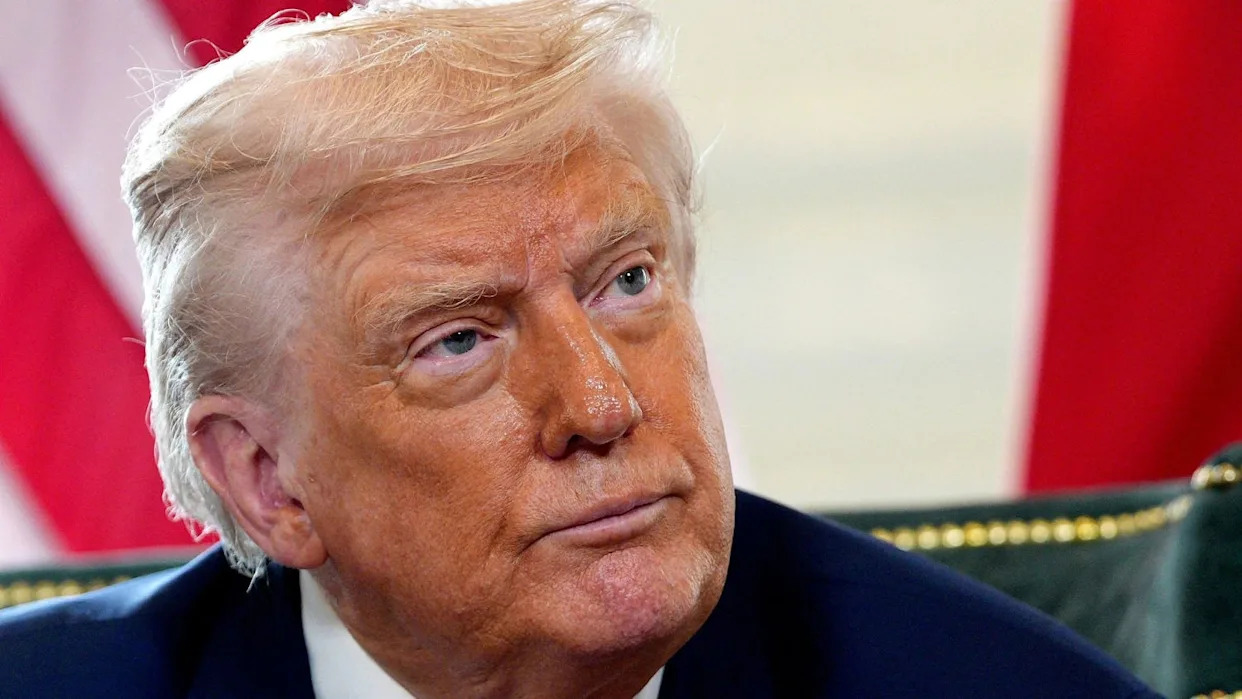

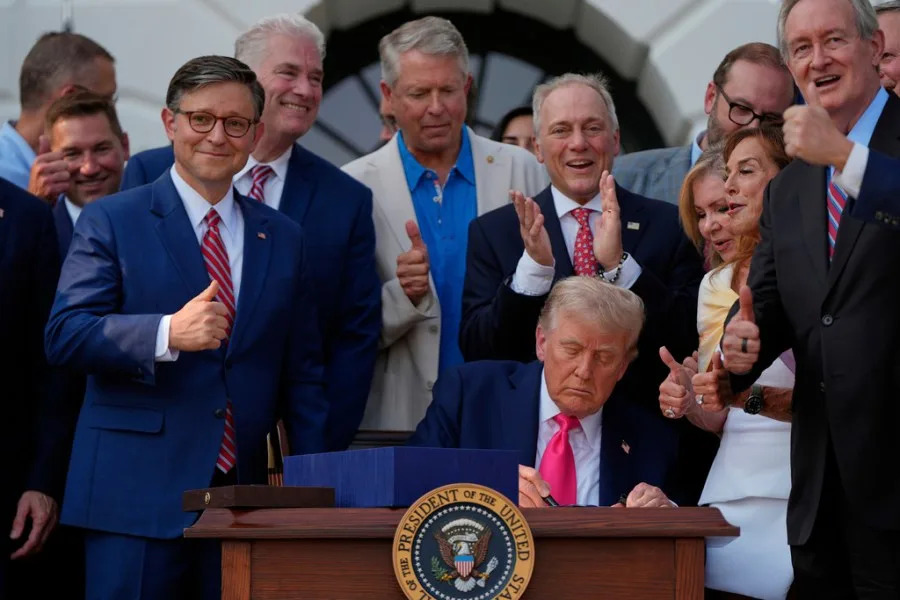
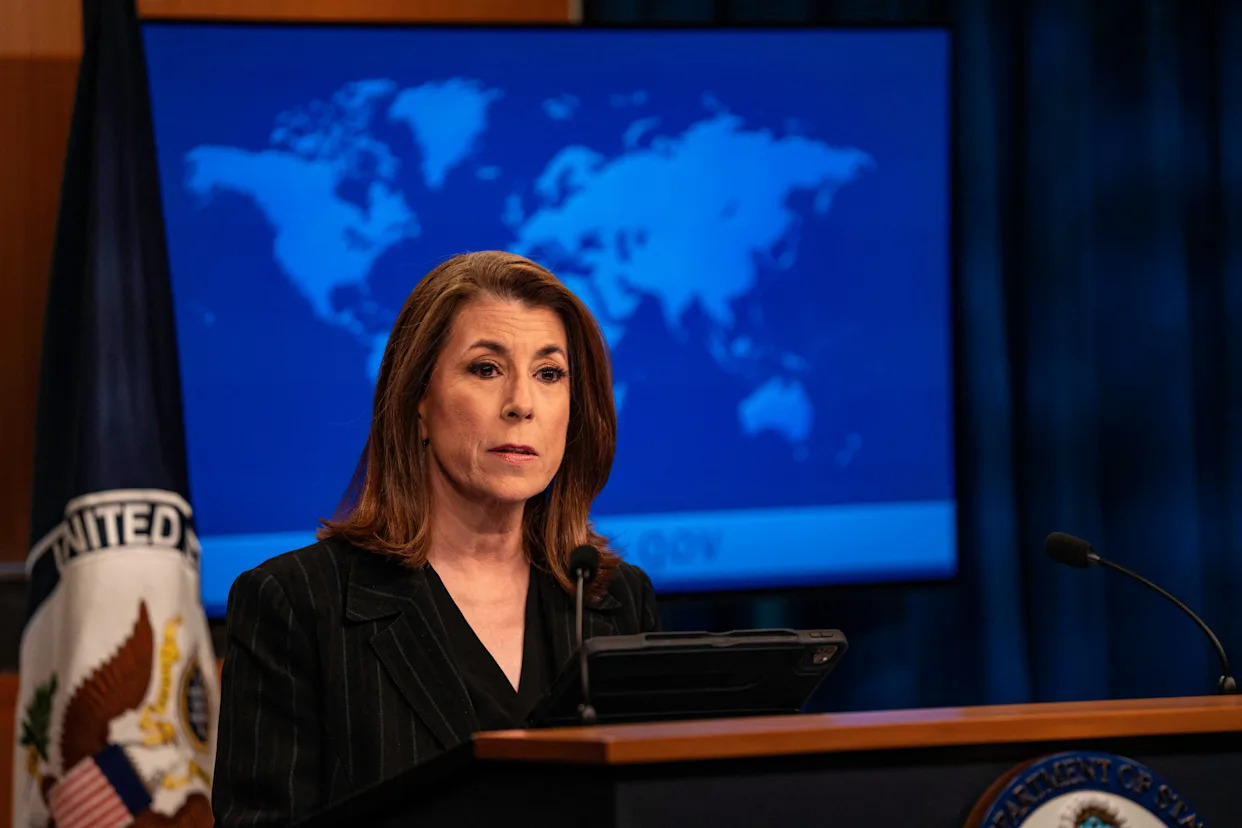
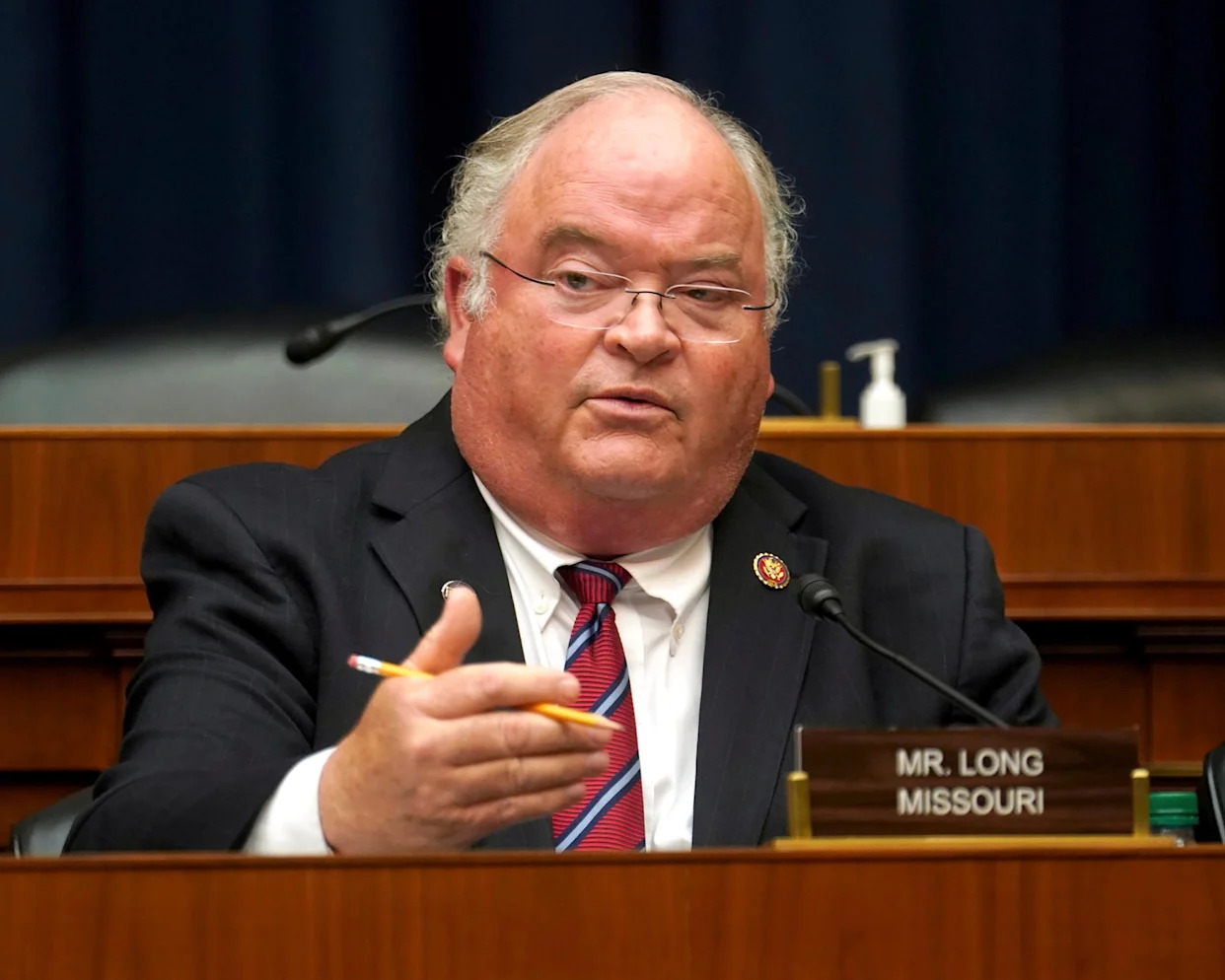
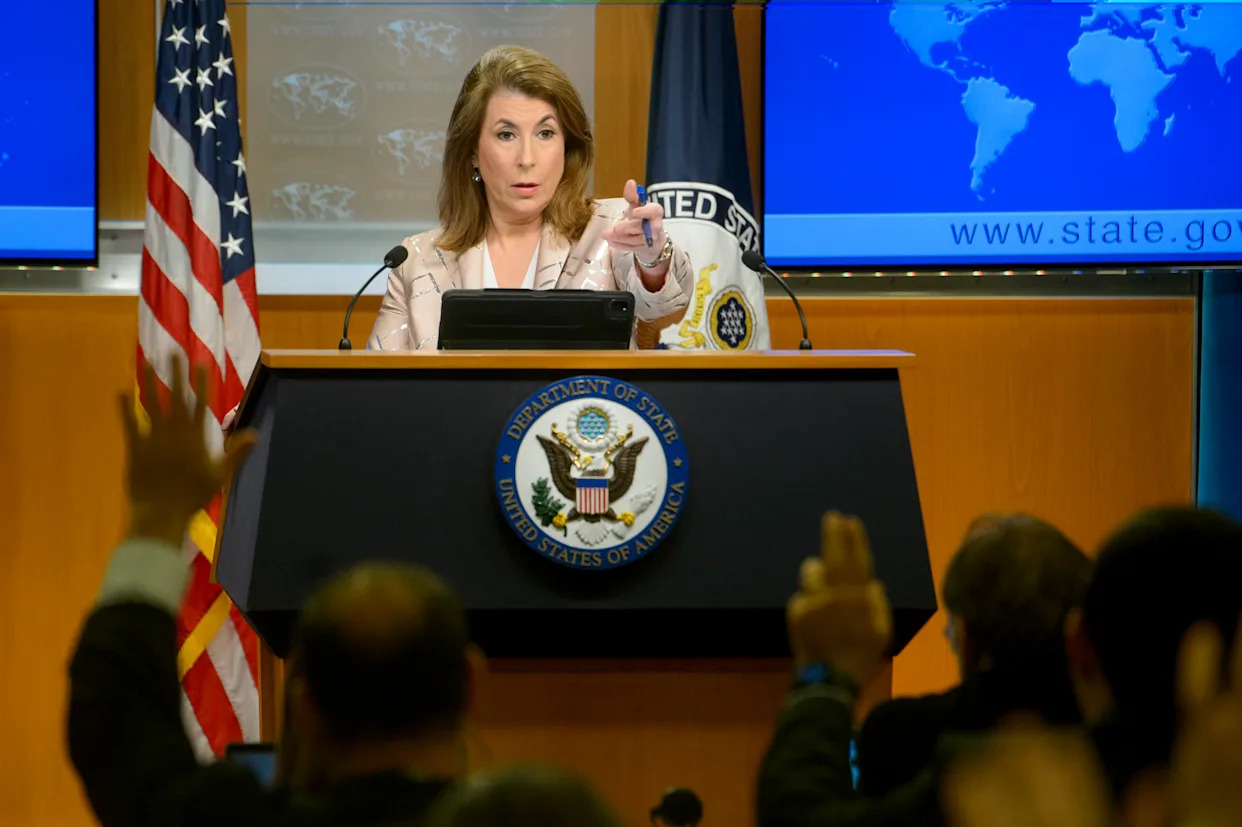
Comments